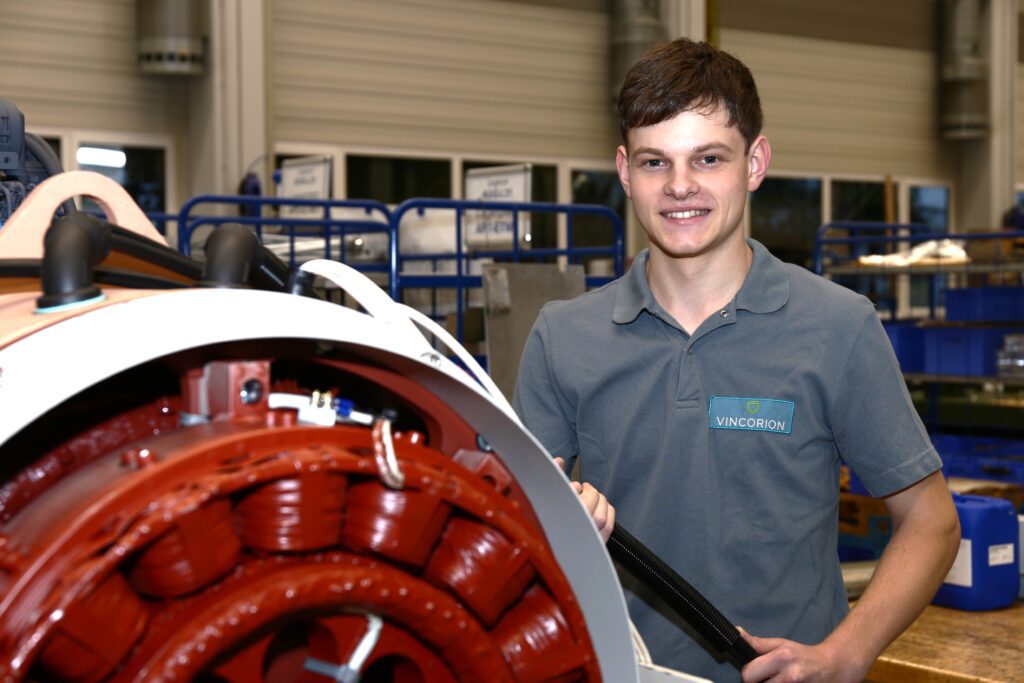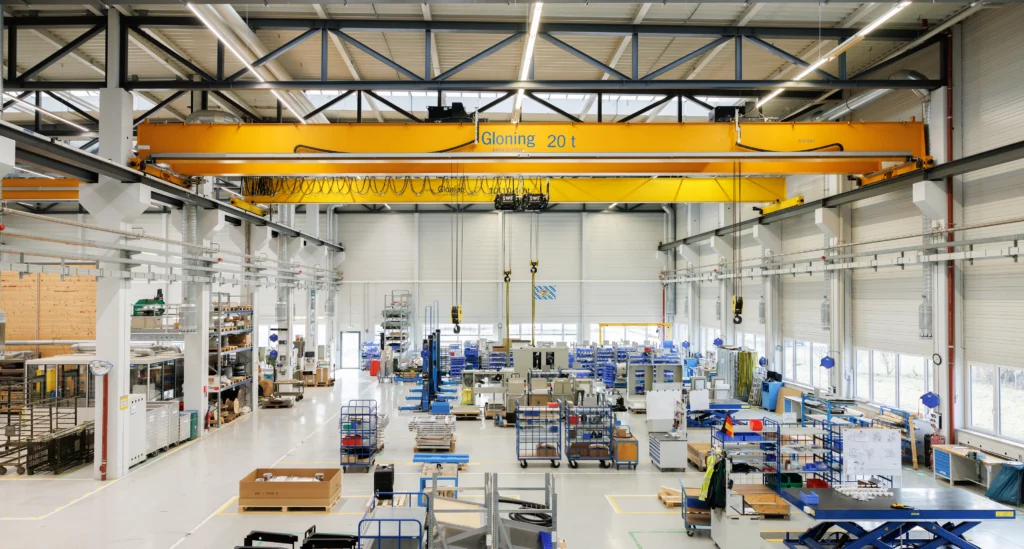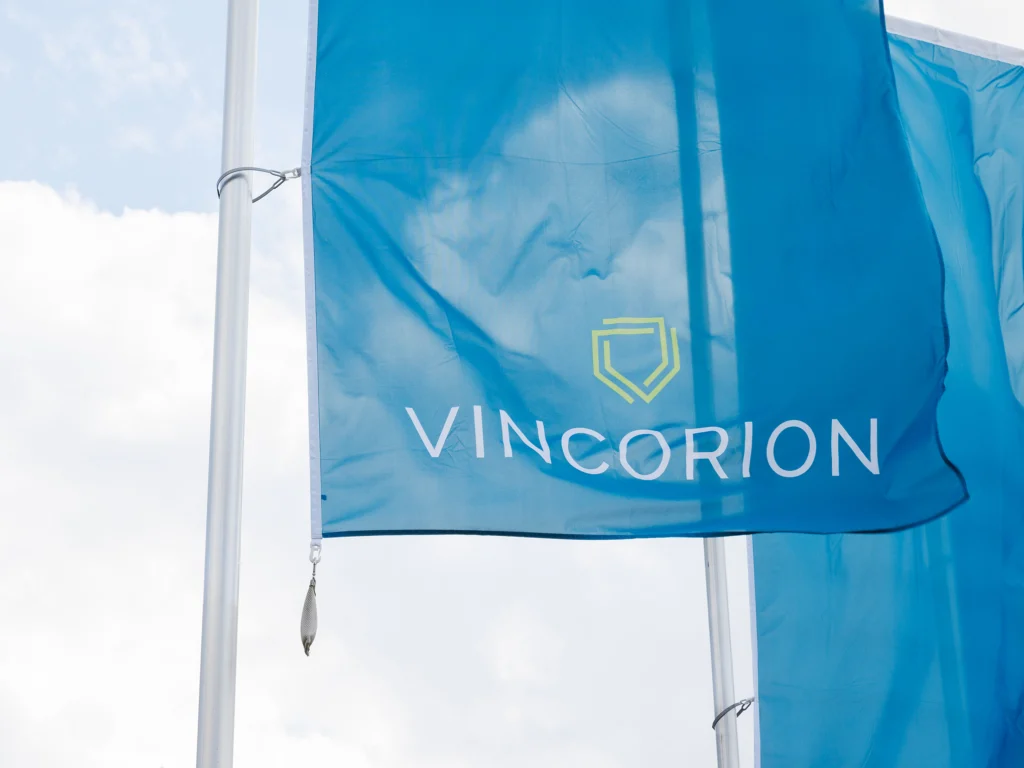Zuverlässige Energieversorgung. Höchste Präzision.
VINCORION entwickelt einsatzkritische Energie- und Antriebssysteme für Verteidigungs- und Sicherheitsanwendungen weltweit. Unsere Technologien sorgen für zuverlässige Energieversorgung und höchste Präzision, sowohl in Luftabwehrsystemen, militärischen Fahrzeugen, Flugzeugen und Helikoptern als auch in Kampfpanzer-Anwendungen. Sie sind weltweit unter extremsten Bedingungen im Einsatz.
We power your mission: An drei Standorten in Deutschland und einem in den USA arbeiten wir daran, dass kritische Systeme funktionieren, wenn es darauf ankommt – sei es durch die Entwicklung resilienter Produkte oder durch Service-Leistungen, die ihre Zuverlässigkeit über viele Jahre sichern. Unser Anspruch: Wir statten Einsatz- und Rettungskräfte mit zuverlässigen, resilienten und nachhaltigen Lösungen aus und setzen dabei auf technologische Exzellenz und verantwortungsvolles Handeln.
Denn jeder Mensch verdient ein sicheres Leben.
Zahlen und Fakten
und Mitarbeiter
800*
*Vollzeitbeschäftigte in 2024
und den USA
4
70+ Jahre
und kaufmännischen Berufen
50
und Servicesicherheit
30+ Jahre
Vehicle Systems
Power Systems
Aviation









